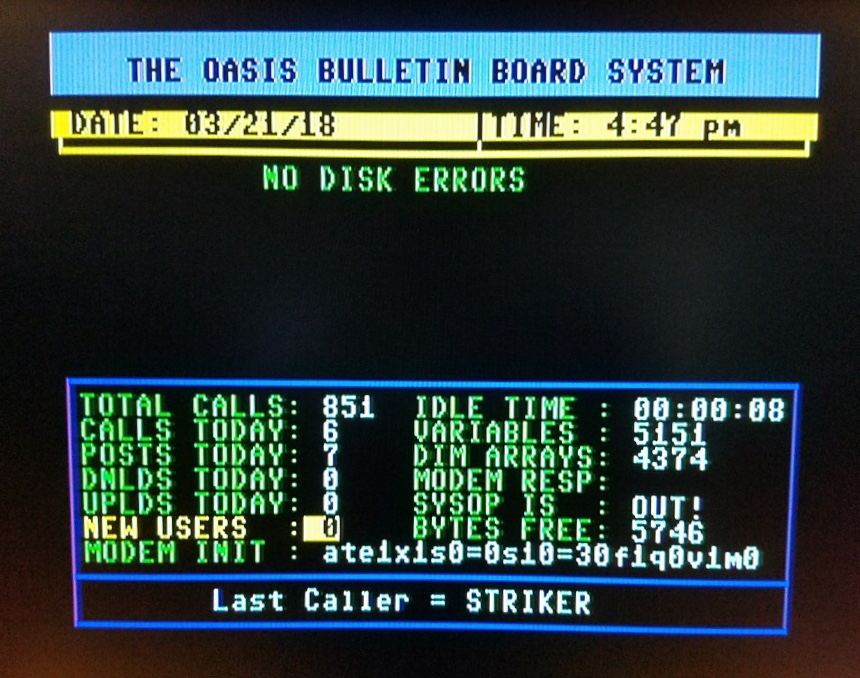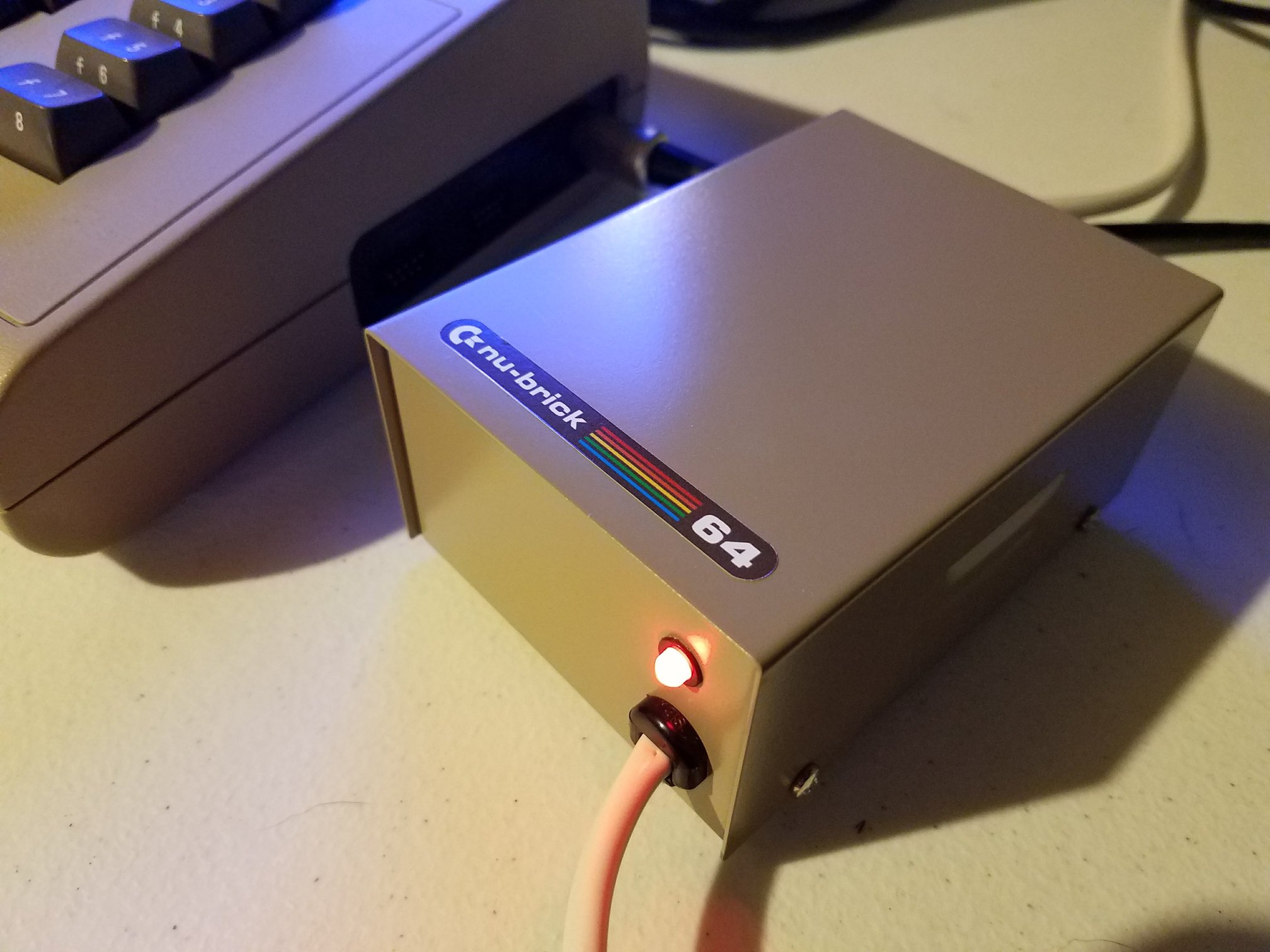Clark Hale’s latest project focuses on a frustrating issue with two Commodore A1010 external floppy drives. One functions as expected. The other refuses to pass power to the next drive in a daisy chain setup.
To understand the problem, Clark begins by reviewing three key Amiga external drive models. The A1010 was built for the Amiga 1000. The A1011 suits the Amiga 500 and lacks a pass-through port. The A1020 supports 5.25-inch media and is mostly useful for IBM compatibility.
Identifying the Fault
Clark connects both A1010 drives to his Amiga 2000. The working unit allows another drive to connect and function. The non-working one does not. Even when swapped or tested individually, behavior remains inconsistent.
To investigate further, he opens both drives. He discovers that the functional drive uses revision A of the internal logic board. The broken one uses revision B. The difference lies in the PCB traces. On revision B, the power lines that should route 5V and 12V to the daisy chain port are simply gone.
Applying a Fix
Using bodge wires, Clark connects the missing power lines from the input to the output port. He tests the result. Success. Both external drives now work properly together, and the Amiga 2000 sees all four drives.
Why did Commodore remove those traces in revision B? Clark offers a theory. The Amiga 500 shipped with a smaller power supply. Connecting multiple drives could overload it. By removing pass-through power, Commodore may have prevented potential hardware failures.
Wrapping It Up
After confirming the fix, Clark reassembles the drive. He cleans each part, reconnects cables, and ensures proper fit. Once back together, both drives format disks simultaneously without issue.
Clark finds satisfaction in solving a clear hardware problem. The video walks through every step, offering a clear view into retro hardware troubleshooting.







